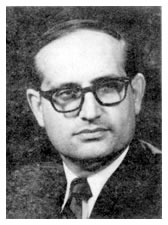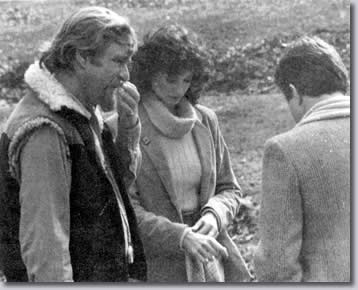
George Booker was operations manager of Jefferson Productions during the 1970s, scheduling the studio and remote crews and equipment.


George Booker was operations manager of Jefferson Productions during the 1970s, scheduling the studio and remote crews and equipment.
(Ed. note: The following article is revised from "Branch Notes," the newsletter for employees of Branch Banking & Trust (BB& T). The article was written by BB&T's advertising manager, whose name is unknown. He or she speaks very highly of our own Jefferson Productions and we thought you might enjoy it.)
On a beautiful warm day in January, a group of about 20 people met at Latta Park in Charlotte. To the uninitiated, it was an odd assortment: grips, gaffers, actors, producers, makeup artist, director, art director, cinematographers, and me. These assorted specialists were carefully putting together the elements of a BB&T commercial.
Jefferson Productions in Charlotte was awarded the contract to produce our commercials, and from that moment on, things began to happen quickly. One of the first chores was to select a director, a selection which is crucial to the success of a commercial.
The director creates in his mind a vision of what is to occur and then makes it happen. He directs all action, determines camera angles, and length of each sequence. A good director is able to elicit almost any response from an actor; a certain expression, a particular tone of voice, or a series of motions performed to split second timing. He is the strongest creative force at the scene of the actual filming.
 |
| Jefferson Productions director Martin Beck (at left), works with actors to elicit the needed response during the filming of the BB&T commercial. |
The choice was Martin Beck of Jefferson Productions who has won numerous national awards for directing commercials, documentaries and feature films.
Everyone was elated when the day of the filming for the first commercial dawned bright and clear. After the grips had lugged all the heavy equipment down through a park and to the site, the cinematographer (a fancy name for cameraman) moved his $650,000, 70-pound camera to several locations until he found just the right spot.
Crew members were raking leaves, stapling ivy to trees, blocking a stop light with a well placed bush, disguising a light pole and checking equipment.
When the day was over, the first commercial about BB&T's "Tillie" was filmed 22 times with about 8 or 10 of these being good takes from which we could choose later.
The next day, we all met at a house rented for the day where we were to film the savings commercial. This was a difficult film to make because the camera, lights and furniture had to be moved for each of the twelve scenes and the room was very small.
At the end of the day, film was taken to New York for processing. The processor sends working copies of only those takes designated by the director back to the studio where it is edited. Thousands of feet of film are edited down to the 38 feet required for 25 seconds.
Dissolves, special effects and the logotype are put on the film later by the processor, bringing the final commercials to 30 seconds in length.
Several of our advertising agency personnel crowded into the JP projection room to see the edited versions which had been completed only moments before. The twelve scenes in the savings commercials were so skillfully meshed that there appears to be only four or five.
The proof of the pudding came in the form of spontaneous applause from a roomful of professionals.
From The Jeffcaster, 1982